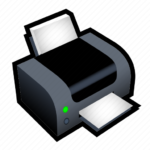How do you find the Best Laptop Brands for Students that can keep pace with your demanding coursework, support your extracurricular activities, and fit within your budget?
The good news is, you don’t have to navigate this maze alone. This comprehensive guide is designed to cut through the clutter, highlighting the best laptop brands for students and delving into what truly makes them stand out. We’ll explore the critical factors you need to consider, from raw performance and portability to battery life and operating systems, ensuring you make an informed decision that empowers your academic success.
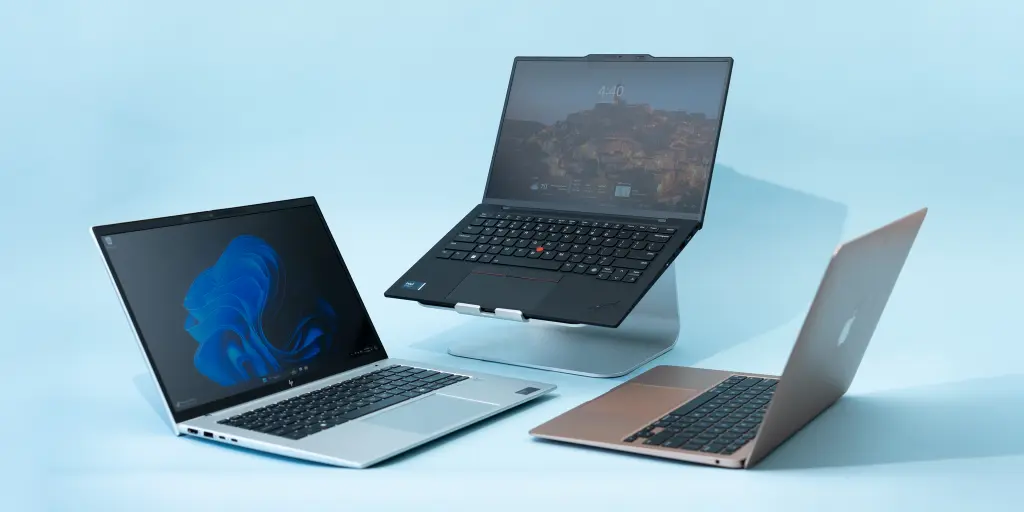
Understanding Student Needs: More Than Just a Laptop.
Before we dive into the specific brands and their offerings, it’s paramount to understand that “student needs” are far from monolithic. A laptop that’s perfect for a humanities major might be woefully inadequate for an engineering student, and vice-versa.
Let’s categorize common student profiles and their typical technological requirements:
- The All-Rounder/General Studies Student: This category encompasses students pursuing liberal arts, business, social sciences, or any field that doesn’t demand highly specialized software.
- Core Activities: Writing essays and reports, creating presentations, extensive web Browse for research, attending virtual lectures via Zoom or Google Meet, managing emails, and light entertainment like streaming videos.
- Key Features: A comfortable, tactile keyboard for long typing sessions is paramount. A clear, decent-sized screen for comfortable viewing of documents and videos is essential.
- Typical Software: Microsoft Office Suite (Word, Excel, PowerPoint), Google Workspace (Docs, Sheets, Slides) and various learning management system (LMS) platforms.
- The STEM Student (Science, Technology, Engineering, Math): Students in these fields often work with more intensive applications that demand significant processing power and sometimes, dedicated graphics.
- Core Activities: Running complex simulations, compiling and testing code, performing data analysis, working with CAD (Computer-Aided Design) software, and managing large datasets.
- Key Features: A strong multi-core CPU, such as an Intel Core i5/i7 (12th generation or newer) or an AMD Ryzen 5/7 (6000 series or newer), is critical for processing power. Ample RAM, ideally 16GB or more, is highly recommended for smooth multitasking between demanding applications. Depending on the specific field (e.g., engineering, game development), a dedicated GPU (NVIDIA GeForce RTX or AMD Radeon RX series) might be essential for rendering or specialized computations. A larger or higher-resolution display can also be beneficial for detailed work.
- Typical Software: MATLAB, SolidWorks, AutoCAD, Visual Studio Code, Anaconda, RStudio, PyCharm, various scientific simulation software.
- The Creative/Design Student: This group includes students of graphic design, video editing, animation, music production, architecture, and photography. Their laptops need to handle resource-intensive multimedia applications.
- Core Activities: High-resolution photo editing, video editing (up to 4K), 3D modeling and rendering, graphic design, music composition and production, and visual effects.
- Key Features: A very powerful CPU (Intel Core i7/i9 or AMD Ryzen 7/9), a high-end dedicated GPU with ample VRAM, and a substantial amount of RAM (16GB minimum, but 32GB or even 64GB is often preferred for smooth workflows). A large, fast SSD is crucial for storing and accessing large project files.
- Typical Software: Adobe Creative Suite (Photoshop, Premiere Pro, Illustrator, After Effects), Blender, Cinema 4D, AutoCAD, Revit, Pro Tools, Ableton Live, Logic Pro (macOS only).
- The Budget-Conscious Student: Affordability is a primary driver for many students, but it doesn’t mean compromising on essential functionality.
- Core Activities: Standard academic tasks, web Browse, streaming, and light productivity.
- Key Features: Excellent value for money. Chromebooks or entry-level Windows laptops often fit this bill. Look for models with an SSD (even a smaller one) and at least 8GB of RAM. Battery life is still important, even at lower price points.
- Compromises: You might expect less storage, a slightly less powerful CPU, or a plastic build quality compared to more expensive models. Dedicated graphics cards are typically out of the question.
- The Highly Mobile Student: This student is constantly moving between classes, libraries, coffee shops, and home. Portability and endurance are key.
- Core Activities: Taking notes in class, working on assignments on the go, carrying their laptop everywhere without feeling burdened.
- Key Features: Thin and light design (often under 1.5 kg), exceptionally long battery life (10+ hours preferred), and a durable build to withstand daily commutes.
- Trade-offs: May involve sacrificing screen size, compromising on raw processing power, or having a limited selection of ports to achieve peak portability.
Understanding where you fit into these profiles is the first, and most crucial, step in finding your ideal academic companion.
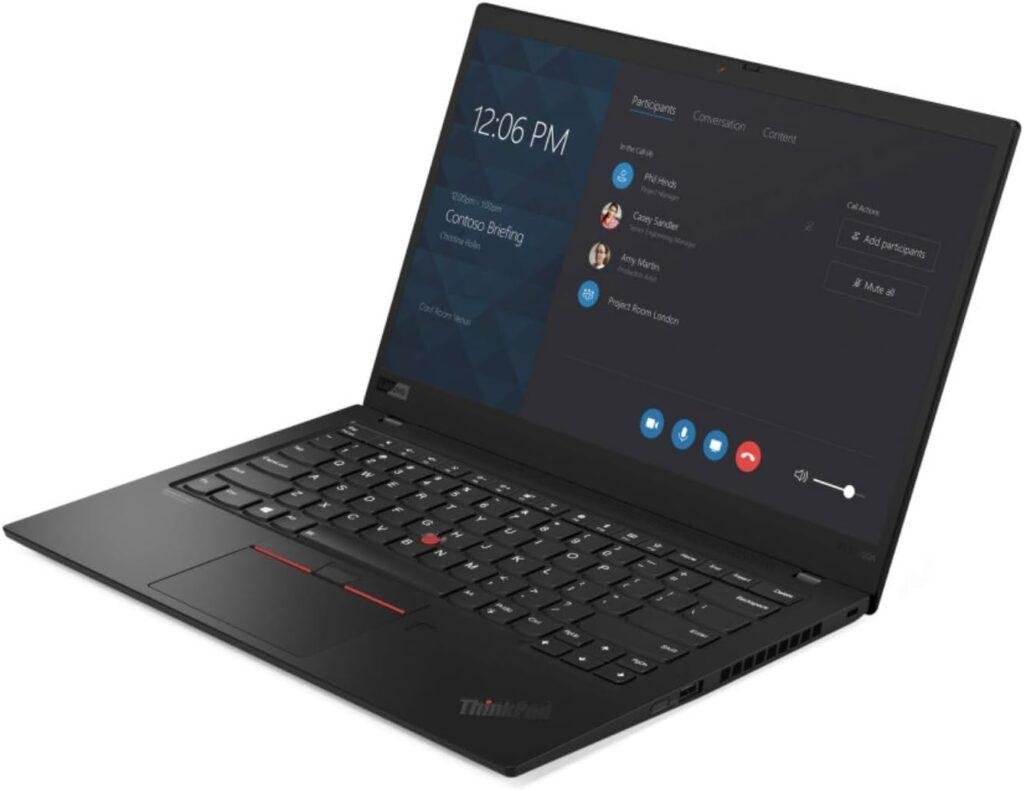
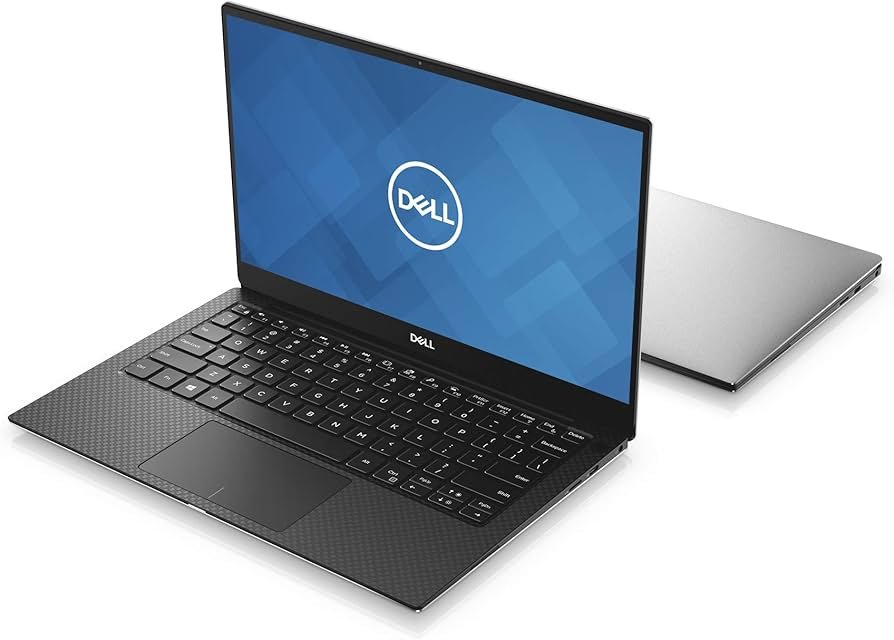
Essential Factors When Choosing a Student Laptop
Once you have a clear picture of your specific needs, it’s time to delve into the technical specifications that will bring your perfect laptop to life. Every component plays a role in the overall performance, user experience, and ultimately, your academic efficiency.
- Operating System (OS): This is the foundation of your laptop experience.
- Windows: The most widely used operating system globally, Windows offers unparalleled versatility and software compatibility.
- macOS: Apple’s operating system is renowned for its intuitive user interface, robust security, and seamless integration with other Apple devices (iPhone, iPad).
- ChromeOS: This lightweight, cloud-centric operating system is found primarily on Chromebooks. It’s incredibly fast to boot up, highly secure, and offers exceptional battery life.
- Processor (CPU): Often referred to as the “brain” of the computer, the CPU dictates how fast your laptop can process information and run applications.
- Intel: Dominates the market with its Core i-series.
- Core i3: Suitable for basic tasks like web Browse, word processing, and light streaming.
- Core i5: The sweet spot for most students, offering a good balance of performance for multitasking, light creative work, and general productivity.
- Core i7: Recommended for STEM students, video editors, and anyone needing more power for demanding applications.
- Core i9: High-end, typically found in professional workstations and gaming laptops, overkill for most student needs unless specializing in heavy rendering/simulations.
- AMD: Ryzen processors have gained significant ground, offering strong multi-core performance, especially valuable for multitasking and applications that leverage many cores.
- Ryzen 3: Comparable to Core i3, good for basic use.
- Ryzen 5: Directly competes with Core i5, often offering better multi-core performance for the price.
- Ryzen 7: Strong contender against Core i7, excellent for demanding tasks.
- Ryzen 9: High-end, for professional use cases.
- Apple M-series (M1, M2, M3): Found in MacBooks, these ARM-based chips offer unparalleled power efficiency, leading to exceptional battery life and silent operation.
- Intel: Dominates the market with its Core i-series.
- RAM (Random Access Memory): RAM is your laptop’s short-term memory, enabling it to run multiple applications simultaneously and switch between them smoothly.
- 8GB: It can handle web Browse with a few tabs, word processing, and email. However, you might experience slowdowns with heavy multitasking.
- 16GB: Highly recommended for most students. This amount allows for smooth multitasking, running several applications concurrently, and even handling some moderately demanding software (e.g., light photo editing, specific coding environments).
- 32GB+: Essential for STEM students running complex simulations, creative students working with large video files or high-resolution images, and anyone needing top-tier performance for specialized software.
- Storage (SSD vs. HDD): This is where your files and operating system are stored.
- Consider cloud storage: Services like Google Drive, Microsoft OneDrive, and Dropbox can supplement local storage, allowing you to access files from anywhere and share easily. Many universities offer free or discounted cloud storage.
- Display: The screen is your window to all your academic work and entertainment.
- Size:
- 13-inch/13.3-inch: Excellent for portability and fitting into smaller bags. Ideal for students on the go.
- 14-inch: A popular balance between portability and screen real estate, often found in thin-and-light designs.
- 15-inch/15.6-inch: Offers more screen space for multitasking, comfortable viewing of documents, and a better experience for entertainment. Generally less portable.
- Resolution:
- 1080p (Full HD – 1920×1080): The standard and perfectly sufficient for most student needs, providing crisp images and text.
- QHD (Quad HD – 2560×1440) or 4K (Ultra HD – 3840×2160): Offer significantly sharper images and more screen real estate. Essential for creative students or those working with highly detailed visual content.
- Panel Type:
- IPS (In-Plane Switching): Offers excellent viewing angles and better color accuracy, making it ideal for creative work and sharing content with peers.
- Touchscreen/2-in-1: Laptops that convert into tablets or have touchscreens offer added versatility for note-taking with a stylus, sketching, or interactive presentations.
- Size:
- Battery Life: For students constantly moving between classes, libraries, and study groups, a long-lasting battery is paramount. Aim for a laptop that offers at least 8 hours of real-world battery life on a single charge. For those with long days away from power outlets, 10+ hours is ideal.
- Portability: Consider the physical attributes of the laptop.
- Weight and Thickness: A lighter, thinner laptop is easier to carry daily. If you have a packed backpack, every gram counts.
- Build Materials: Metal chassis (aluminum, magnesium alloy) generally offer more durability and a premium feel than plastic.
- Keyboard and Trackpad: As a student, you’ll spend countless hours typing essays, taking notes, and navigating documents.
- Keyboard: Look for comfortable keys with good travel (the distance a key moves down when pressed) and satisfying tactile feedback. Backlighting is a huge plus for late-night study sessions.
- Trackpad: A smooth, precise trackpad with good gesture support is essential for navigating without a mouse.
- Connectivity: Modern laptops offer a variety of ports and wireless standards.
- Wi-Fi 6 (or Wi-Fi 6E): Ensures fast and reliable wireless internet connections, crucial for online learning.
- Bluetooth 5.0+: For connecting wireless headphones, mice, and other peripherals.
- USB-C (ideally with Thunderbolt 3/4): A versatile port for charging, data transfer, and connecting external displays or docking stations. Thunderbolt offers super-fast data transfer.
- USB-A: Still common for flash drives, external hard drives, and many peripherals.
- HDMI: Useful for connecting to projectors in classrooms or external monitors at home.
- SD Card Reader: Handy for photographers or those transferring files from cameras.
- Webcam and Microphone: . A decent quality webcam (1080p preferred over 720p) and clear microphone are important for effective communication.
HP EliteBook 840 G6 – Core i5/i7, 16GB RAM, 256GB SSD
The HP EliteBook 840 G6 isn’t just a business laptop; it’s a student’s secret weapon, especially for those pursuing business, law, or general studies. Here’s why it stands out:
- Robust Durability for Campus Life: Built to withstand the rigors of daily travel Its sturdy construction means fewer worries about accidental bumps and spills.
- Enterprise-Grade Reliability: Students need a laptop that won’t fail during critical assignments or exams. The EliteBook’s business-class engineering ensures consistent, reliable performance.
- Optimal Performance for Multitasking: With an Intel Core i5 or i7 processor and a generous 16GB of RAM, perfect for research papers and group projects.
- Fast & Efficient Storage: The 256GB SSD ensures rapid boot-up times, quick application loading, and snappy file transfers, saving precious time when deadlines loom.
- Excellent Keyboard & Security Features: HP’s keyboards are known for comfort, crucial for long typing sessions.
- Professional Aesthetic: Its sleek, understated design makes it suitable for internships, presentations, and networking events, projecting a polished image.
Lenovo ThinkPad X1 Carbon – Core i5/i7, 16GB RAM, 512GB SSD
The Lenovo ThinkPad X1 Carbon is an elite choice for the discerning student who values ultimate portability, unparalleled typing experience, and rock-solid reliability.
- Unmatched Portability: Weighing exceptionally little and incredibly thin, the X1 Carbon is a dream for students constantly on the move. Slip it into any backpack or tote bag effortlessly.
- Legendary Typing Experience: ThinkPads are famous for their keyboards.
- Dependable Performance: Equipped with an Intel Core i5 or i7 processor and 16GB of RAM, it provides ample power for demanding academic software, intensive research, and seamless multitasking.
- Ample & Fast Storage: The 512GB SSD offers generous space for all your documents, presentations, research materials, and applications, with lightning-fast load times.
- Military-Grade Durability: Built to withstand extreme conditions, the X1 Carbon offers peace of mind against spills, drops, and daily wear, making it a wise long-term investment for student life.
- Long-Lasting Battery: Designed for all-day productivity, its exceptional battery life ensures you can work from the library, coffee shop, or lecture hall without constantly searching for a power outlet.
Dell XPS Series Laptops
The Dell XPS series, encompassing models like the XPS 13 and XPS 15, is consistently ranked among the best laptops overall.
- Stunning InfinityEdge Displays: The near-borderless screens are not only beautiful but also incredibly immersive, maximizing screen real estate in a compact form factor.
- Premium Design & Build Quality: Crafted from high-quality materials like machined aluminum and carbon fiber, XPS laptops offer a sophisticated, durable, and lightweight chassis that will stand out.
- Powerful Performance Options: Whether you choose an XPS 13 for ultra-portability or an XPS 15 for more raw power, the XPS series delivers top-tier Intel processors and fast RAM/SSD configurations.
- Exceptional User Experience: From comfortable keyboards to precise trackpads, every element is refined for a premium feel.
- Versatility for Diverse Needs: The XPS 13 is perfect for general studies and highly mobile students.
- Reliable for Years: Investing in an XPS means acquiring a laptop that will likely last you through your entire degree and beyond, maintaining strong performance and resale value.
Dell Latitude 5490 Business Laptop
The Dell Latitude 5490 is a fantastic choice for students prioritizing robust build quality, essential features, and no-nonsense reliability.
- Built for Durability: As a business-grade laptop, the Latitude 5490 is designed for longevity and resilience, making it a sturdy companion for the daily rigors of student life.
- Dependable Performance: Equipped with a solid Intel Core processor (often i5 or i7) and sufficient RAM, it provides consistent performance for all core academic tasks.
- All-Day Connectivity: With a good selection of ports (USB-A, USB-C, HDMI, Ethernet), the Latitude 5490 ensures you can easily connect various peripherals without needing dongles.
- Enhanced Security Features: Often including features like TPM modules and security software, it helps protect your valuable academic work and personal data, a crucial aspect for responsible student computing.
- Practical and Professional: Its understated, professional design is perfect for university environments, internships, and future career opportunities, projecting a serious and reliable image.
- Cost-Effective Durability: Often available at a more accessible price point than newer premium consumer laptops, the Latitude 5490 offers excellent long-term value due to its robust build and business-class longevity.

MacBook Pro 2019 15.4-inch – Core i9, 32GB RAM, 512GB SSD, 4GB Graphics (e.g., AMD Radeon Pro 5500M)
- Exceptional Power for Creative & STEM Demands: The Intel Core i9 processor combined with a massive 32GB of RAM is a powerhouse, allowing students to run multiple, highly intensive applications simultaneously without slowdowns.
- Dedicated Graphics for Visual Tasks: The 4GB dedicated graphics card is essential for students in fields like video editing, graphic design, animation providing the necessary horsepower for smooth playback, rendering, and real-time visual work.
- Blazing Fast Storage: The 512GB SSD ensures incredibly fast boot times, application loading, and file transfers, which is vital when working with large project files.
- Stunning Retina Display: The 15.4-inch Retina display offers incredible resolution and color accuracy, critical for visual arts, photography, and accurate data visualization.
- Robust macOS Ecosystem: Provides a stable, secure, and intuitive environment that seamlessly integrates with other Apple devices and offers access to powerful professional software.
- Professional Grade Reliability: Built for demanding professionals, this machine offers the durability and consistent performance that students need to rely on for their most critical projects.
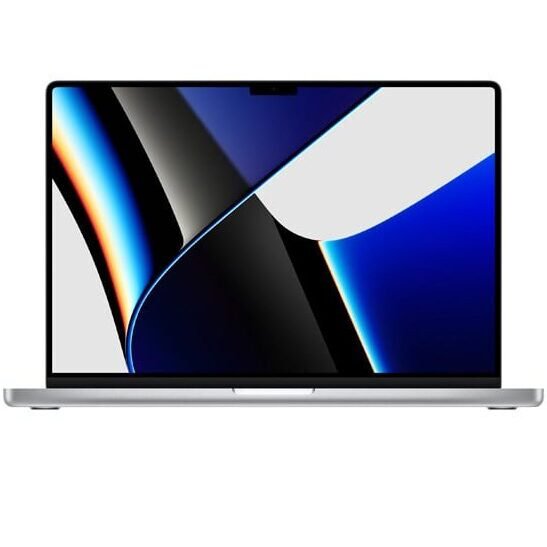

MacBook Pro 2018 15.4-inch – Core i9, 32GB RAM, 512GB SSD, 4GB Graphics (e.g., AMD Radeon Pro 560X)
- High-End Performance for Intensive Work: Similar to the 2019 model, the Intel Core i9 and 32GB of RAM offer substantial power for computationally heavy academic pursuits.
- Capable Dedicated Graphics: The 4GB dedicated graphics ensures that demanding graphical tasks, whether for university projects or personal creative endeavors.
- Speed and Capacity: The 512GB SSD provides ample, high-speed storage for operating systems, applications, and large project files, crucial for students in design or engineering.
- Immersive Retina Display: The vibrant 15.4-inch Retina display is a joy to work on, offering excellent clarity and color for all visual tasks.
- Durable & Portable for Its Class: Despite its power, the MacBook Pro remains a relatively portable and robust machine.
- Strong Value: Being a slightly older model, it often represents an exceptional value for students needing top-tier performance without the price tag of the very latest iteration.
MacBook Pro 2019 13-inch – Core i7, 16GB RAM, 256GB SSD
- Perfect Blend of Power and Portability: The 13-inch form factor makes it incredibly easy to carry around campus, while the Intel Core i7 processor and 16GB of RAM ensure it’s capable of handling demanding academic workloads.
- Responsive Multitasking: 16GB of RAM allows students to effortlessly juggle multiple applications, numerous browser tabs, and collaborative tools without experiencing slowdowns.
- Fast Core Storage: The 256GB SSD provides sufficient space for the operating system, essential software, and critical documents, ensuring rapid boot times and quick access to files.
- Brilliant Retina Display: The 13-inch Retina display offers sharp text and vibrant colors, making reading research papers, working on presentations, and consuming media a pleasure.
- Premium & Durable Build: The iconic aluminum unibody design is not only aesthetically pleasing but also robust enough to withstand the daily bumps and travel of student life.
- Ideal for General & Light Creative Use: This model is perfect for humanities, business, and even light graphic design or coding students.
MacBook Pro 2018 13-inch – Core i7, 16GB RAM, 256GB SSD
- Solid Performance for Most Academic Tasks: The Intel Core i7 processor and 16GB of RAM provide a strong foundation for nearly all student needs.
- Compact & Lightweight: Its 13-inch design is perfect for students who need a powerful yet unobtrusive laptop that fits easily into a backpack and can be used comfortably.
- Efficient Multitasking: With 16GB of RAM, this machine excels at keeping numerous applications open and switching between them seamlessly.
- Quick Data Access: The 256GB SSD ensures that your operating system and frequently used applications load swiftly, minimizing wait times.
- Reliable macOS Experience: Students benefit from the stability, security, and user-friendliness of macOS, alongside its robust software ecosystem.
- Excellent Value Proposition: As a slightly older model, the 2018 13-inch MacBook Pro often represents a fantastic value, offering premium performance and build quality.
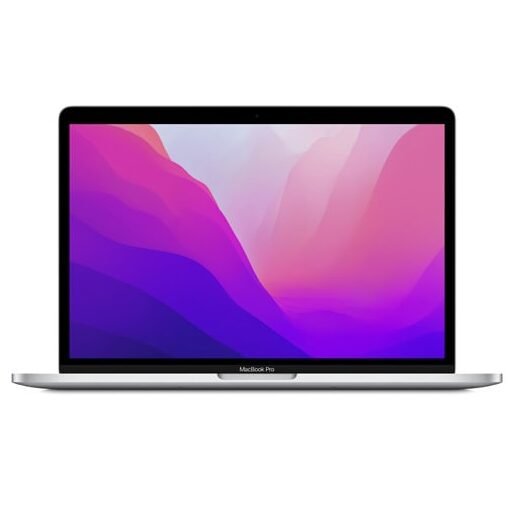
Conclusion.
Remember, the ideal laptop is a personalized tool. If you have any further questions or specific scenarios, feel free to share them!
Let your next buy be a LansoTech Buy. At Lansotech we have stocked a vast gallery of these devices to fit every user’s needs and preferrence. Visit our local shop located at Portal Place House, at the junction between Banda Street and Muindi Mbingu Street, 2nd Floor Shop 207. You can also visit our website https://lansotechsolutions.co.ke or call us 0791-833-529

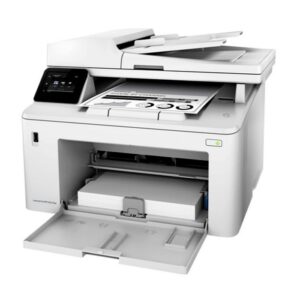
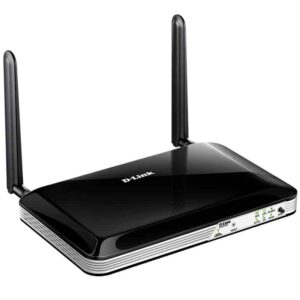

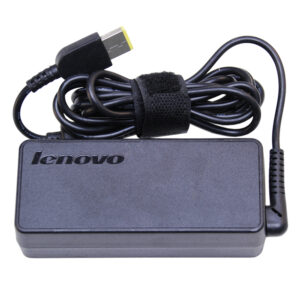


















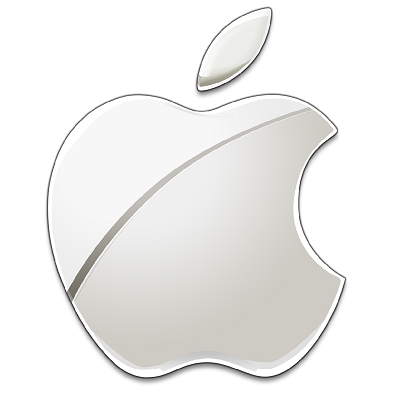


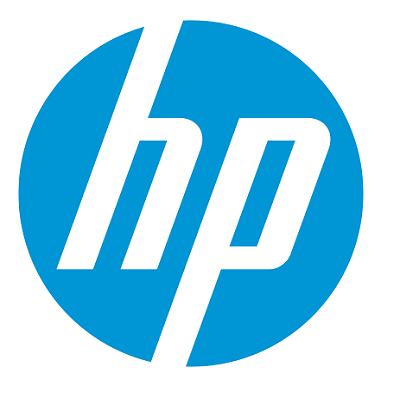
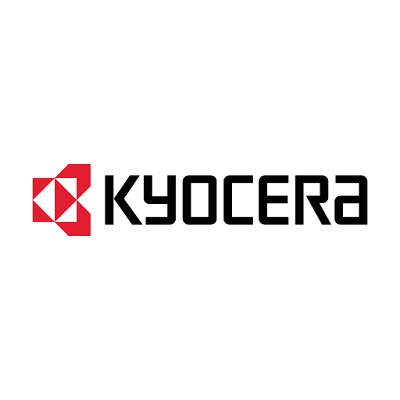
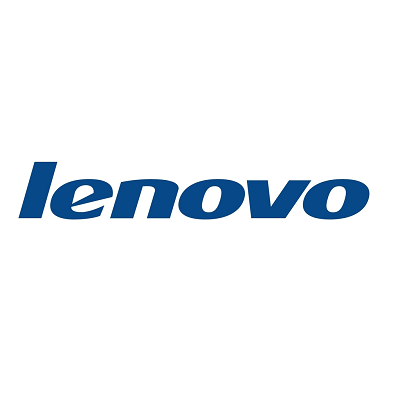
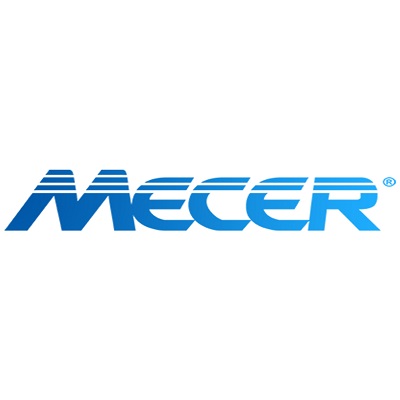
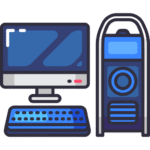


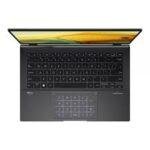 ASUS
ASUS